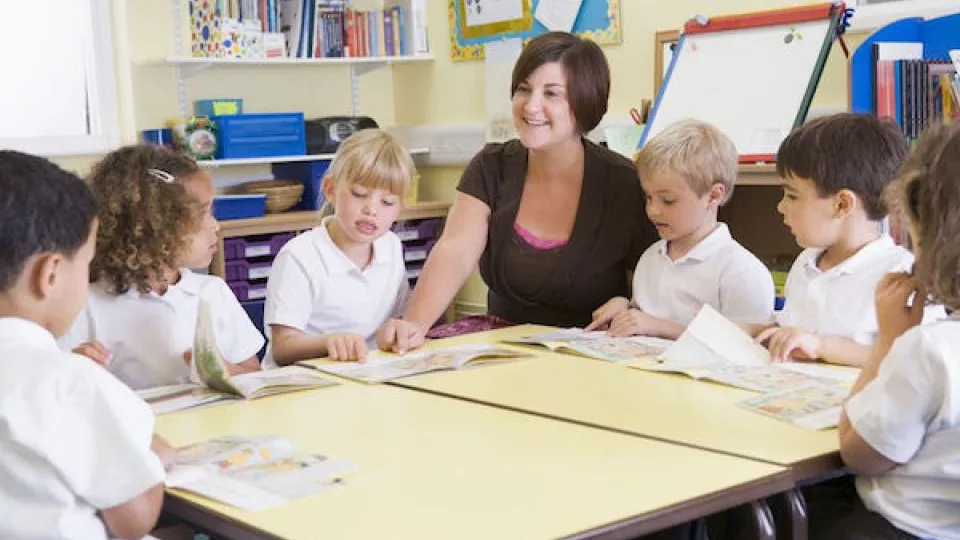Between 4 and 12 per cent of Swedish primary school students are or have been victims of bullying and are therefore at an increased risk of poor psychosocial health. It has been shown that an important way of combating this problem is for other students to intervene rather than remain passive bystanders. Tomas Jungert has studied what motivates some student to step in as saviours, and if there is a way to increase this motivation.
“I focused on the relationship between students and teachers to see how it links to various types of motivation to defend victims of bullying”, says Tomas Jungert, who based his study on 400 Italian school children around the age of 12.
He distinguishes between intrinsic and extrinsic motivation. Intrinsic motivation is based on finding it meaningful and satisfying to help others, while extrinsic motivation is influenced by praise and other rewards.
The results from Tomas Jungert’s study showed a connection between warm student-teacher relationships and the intrinsic motivation of students to defend victims of bullying.
“It could be a relationship where the teacher tries to be empathetic and get along with the student, rather than to issue threats of punishment”, says Tomas Jungert.
There was, on the other hand, a link between conflicted teacher-student relationships and the students’ extrinsic motivation to help victims of bullying but, as it turns out, it is the intrinsic, not the extrinsic, motivation that becomes significant in the defence of bullied students. Students driven by an extrinsic motivation, on the contrary, are more inclined to remain passive bystanders or even side with the bully when witnessing an act of bullying.
“Those who are driven by extrinsic motivation want to receive praise and perhaps increase their status within the group. In a situation of victimisation found in many schools, it is very plausible to assume that many students find it less risky and more profitable to associate with the bully, which is often a person with a lot of power”, says Tomas Jungert.
Together with researchers Barbara Piroddi and Robert Thornberg, Tomas Jungert has published the article Early adolescents’ motivation to defend victims in school bullying and their perceptions of student-teacher relationships: A self-determination theory approach.
